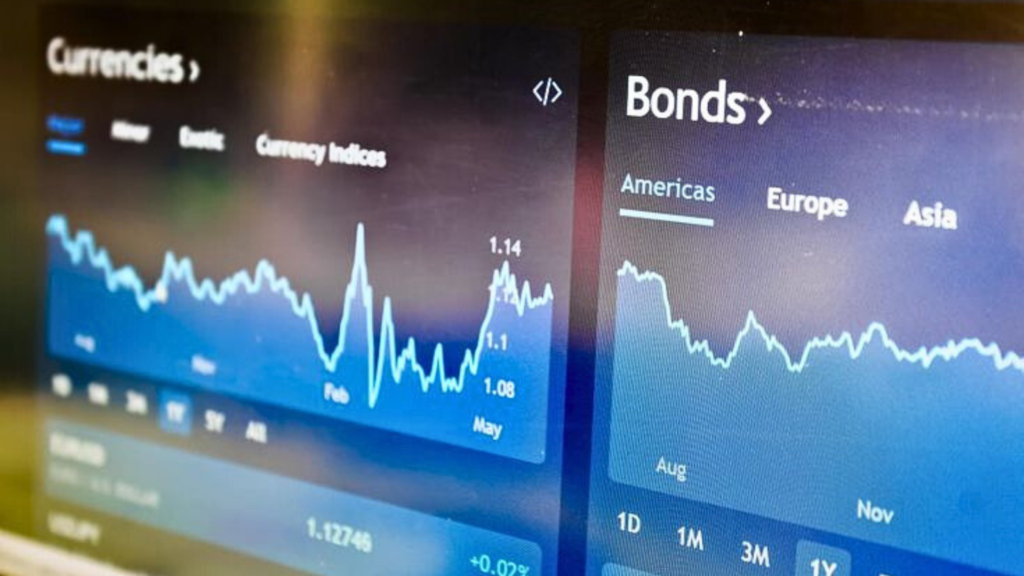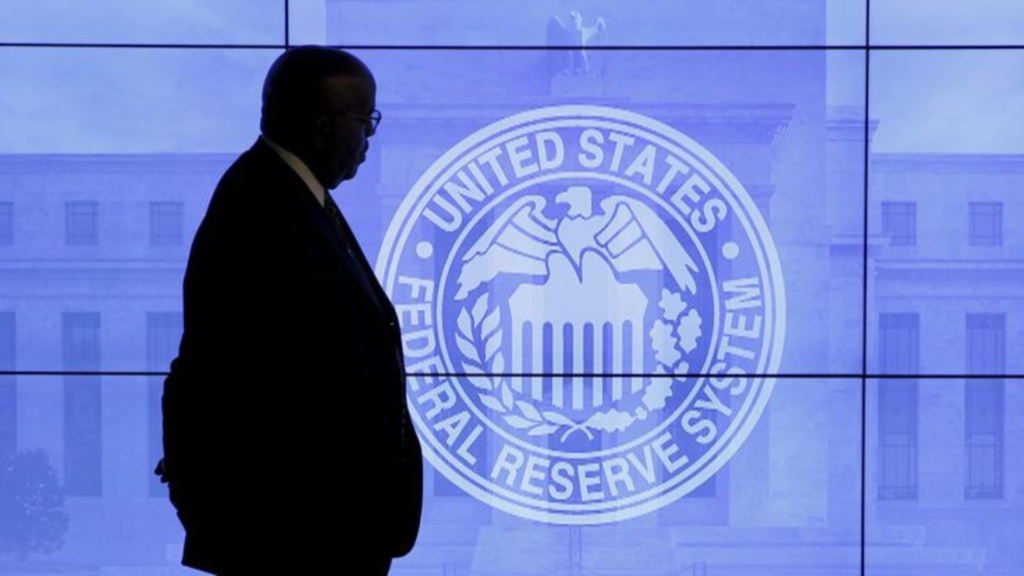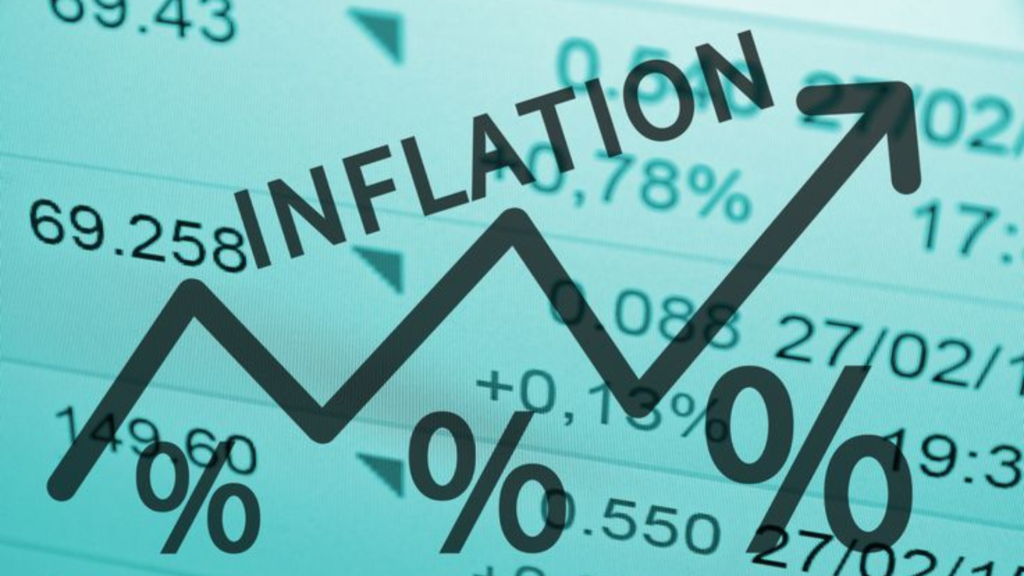As inflation fears grow, global bond traders are looking for more and more ways to protect their investments. The possibility of inflation weakening bond returns is a significant concern due to rising interest rates and unpredictable economic conditions.

Investors are now focusing on strategies and instruments that offer protection against these inflation threats and future price spikes. This change indicates an increasing trend among global bond traders to prioritize protecting their portfolios first in the face of growing economic uncertainty.
Do Bonds Protect Against Inflation?
Bonds have historically been vulnerable to inflation since their fixed interest payments become less valuable as prices rise. However, certain bonds are designed to guard against inflation.

Bonds tied to inflation, like Treasury Inflation-Protected Securities (TIPS) in the United States, adjust their principal and interest payments based on changes in the inflation rate. While not all bonds offer this protection, those designed for inflation can help investors mitigate inflation risk.
Which Type of Bonds Protect the Holders From Inflation?
Inflation-protected bonds are specifically designed to shield investors from the adverse effects of inflation. The widely recognized kind is Treasury Inflation-Protected Securities (TIPS), which adjusts the bond’s principal based on the Consumer Price Index (CPI).

Other countries offer similar bonds, like the U.K.’s Index-Linked Gilts. These bonds serve as dependable hedges and preserve buying power by guaranteeing that both the investment value and interest payments increase in line with inflation.
ALSO READ: Annual Inflation Rate Eases to 2.9% in July, Hitting Lowest Point Since 2021
What Are the Best Inflation-Protected Bonds?
Regarding the best inflation-protected bonds, Treasury Inflation-Protected Securities (TIPS) are often at the top of the list for U.S. investors. They are backed by the U.S. government, making them a low-risk option.

Apart from TIPS, Series I Savings Bonds are also popular alternatives since they provide both fixed and inflation-adjusted rates. U.K. Index-Linked Gilts and Canadian Real Return Bonds are also considered top choices for international investors.
What Happens to Inflation-Protected Bonds When Interest Rates Rise?
When interest rates rise, the value of most bonds tends to fall because newer bonds offer higher yields, making existing bonds less desirable. However, inflation-protected bonds like TIPS are somewhat resistant to this effect.

While their market value may still decline, their principal and interest payments increase with inflation, offsetting some negative impacts. As a result, inflation-protected bonds can provide a valuable hedge against the risk of inflation and the rise in interest rates.
Investors Worry Inflation Gauges Are Too Low
Many investors believe inflation indicators have declined excessively. Fears of a recession caused the U.S. five-year breakeven rate, which gauges predicted inflation, to fall to about 2%, the lowest level since early 2021.

Despite this, inflation is still a global problem. Australia’s 3.8% inflation rate suggests that rate cuts will probably be delayed. In contrast, the surprise spike in euro-area inflation in July reflected the ongoing challenges in controlling price increases in developed countries.
Why Are Global Bond Traders Concerned About Inflation?
Global bond traders are increasingly concerned that inflation could reduce the real returns on fixed-income assets. As economies recover from the pandemic and government spending remains high, inflationary pressures have grown.

For bond traders, this means that the fixed payments from traditional bonds may lose value over time. As a result, finding strategies to guard against inflation risk has become a top priority in the current economic environment.
How Do Treasury Bonds Respond to Inflation?
Traditional Treasury bonds are susceptible to inflation. When inflation rises, the fixed interest payments from these bonds lose purchasing power, leading to lower actual returns. This makes them less appealing to investors during periods of high inflation.

However, Treasury Inflation-Protected Securities (TIPS) are designed to counter this by adjusting their principal value with inflation, ensuring that both the interest payments and the principal are shielded from rising prices.
What Role Does the Federal Reserve Play in Inflation and Bond Markets?
The Federal Reserve manages inflation and its impact on bond markets. The Fed controls interest rates through monetary policy and influences inflation using tools like quantitative easing.

When inflation rises, the Fed can raise interest rates to cool the economy, which affects bond prices. Global bond traders closely monitor the Fed’s actions, as they directly impact the performance of both traditional and inflation-protected bonds.
ALSO READ: New Report Shows US Jobs Data Triggered Global Stock Market Rout
What Are the Risks of Inflation-Protected Bonds?
While inflation-protected bonds provide a useful hedge against rising prices, they also have risks. One significant concern is that they would not yield as much as ordinary bonds if inflation remains low.

Additionally, inflation-protected bonds are still vulnerable to interest rate risk; a sharp increase in interest rates could decrease their market value. Understanding these risks is essential for investors considering adding inflation-protected bonds to their portfolios.
Strategies for Navigating Inflation Risks in the Bond Market
Global bond traders are reviewing their strategies to protect their investments as inflation rises. Many are turning to inflation-linked bonds, which can provide a hedge; they’re spreading investments across sectors to mitigate risks stemming from inflation and shortening the duration of bond portfolios to help manage interest rate exposure.

These strategies seek to safeguard investments against the possible effects of inflation while navigating the unstable market circumstances it brings.
How Can Investors Diversify Against Inflation Risks?
Diversifying against inflation risks involves a mix of strategies and asset classes. In addition to inflation-protected bonds, investors might consider commodities, real estate, and equities, which tend to perform well during high inflation.

Investing in various bonds, such as corporate and international bonds, can help reduce inflation risk. By distributing their investments among assets that respond to inflation in diverse ways, investors can create a more resilient portfolio.
You Might Also Like:
NBC Universal Bets on Peacock’s Streaming Success With $2.45 Billion Per Year NBA Deal
U.S. and China Sign Agreement to Collaborate on Financial Stability
Why Walgreens and CVS Are Struggling — and Their Plans to Turn It Around
Harris Advocates for Expanded Child Tax Credit of Up to $6,000 for Families with Newborns

